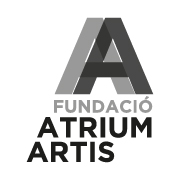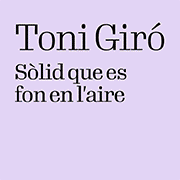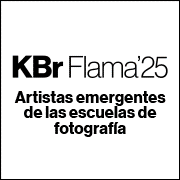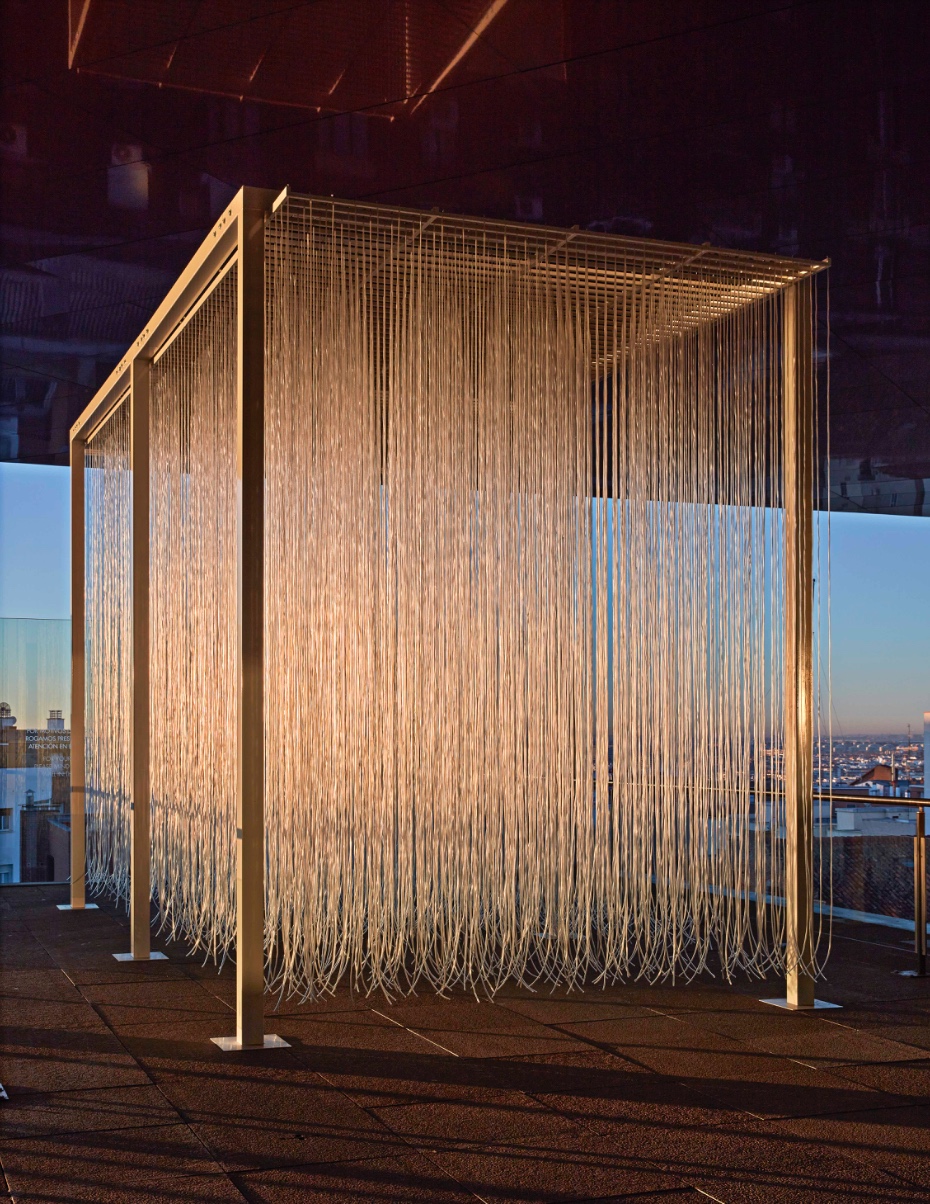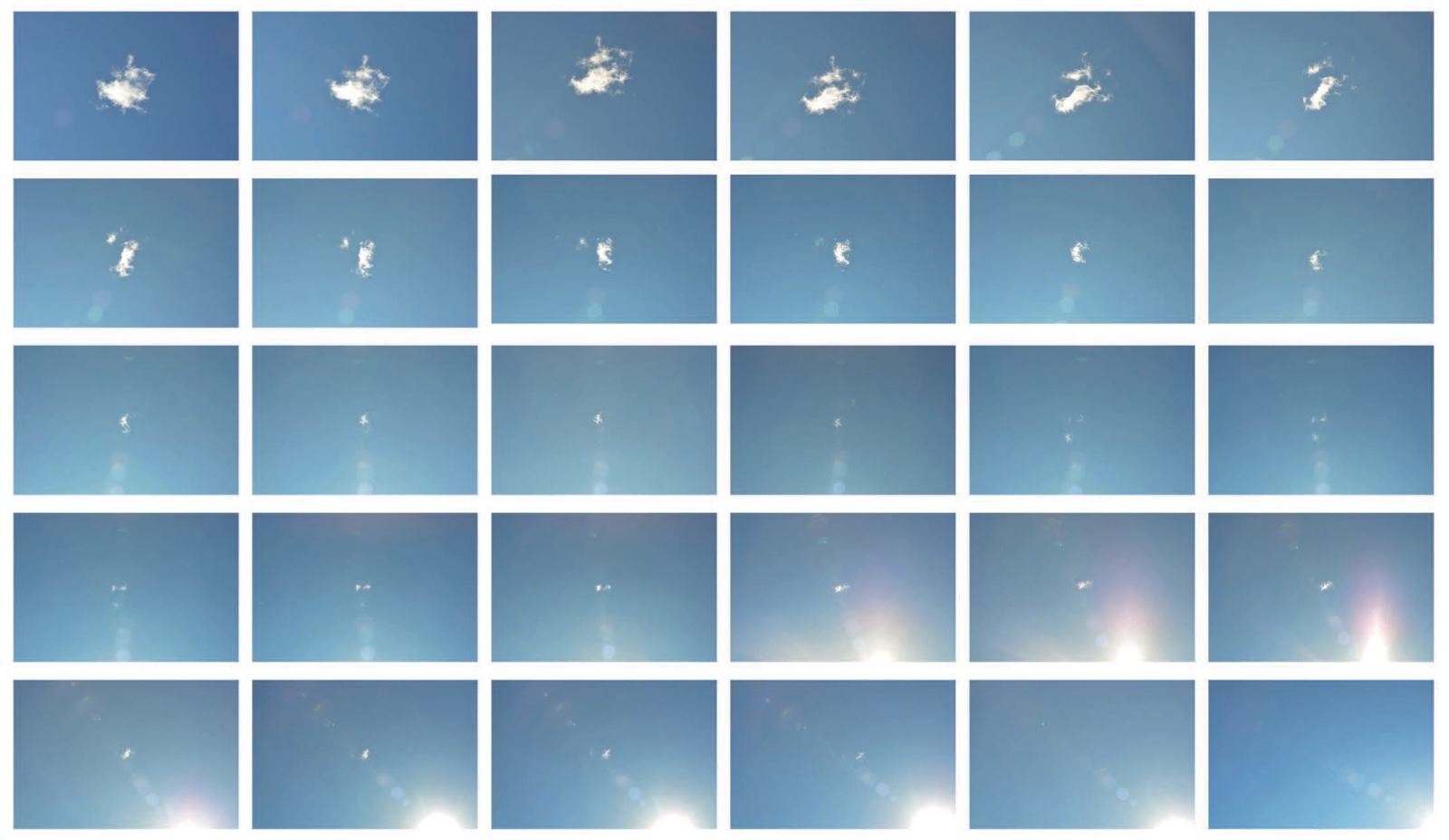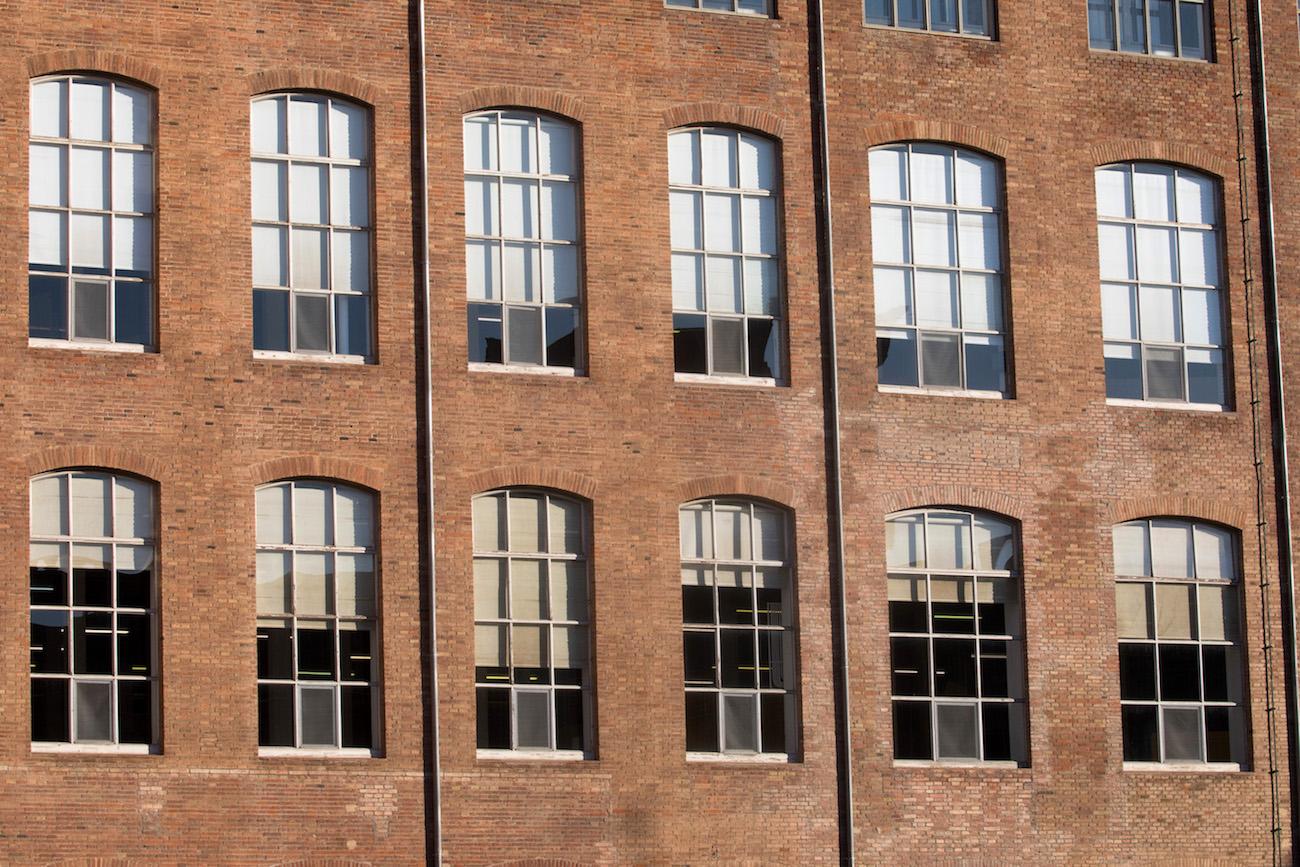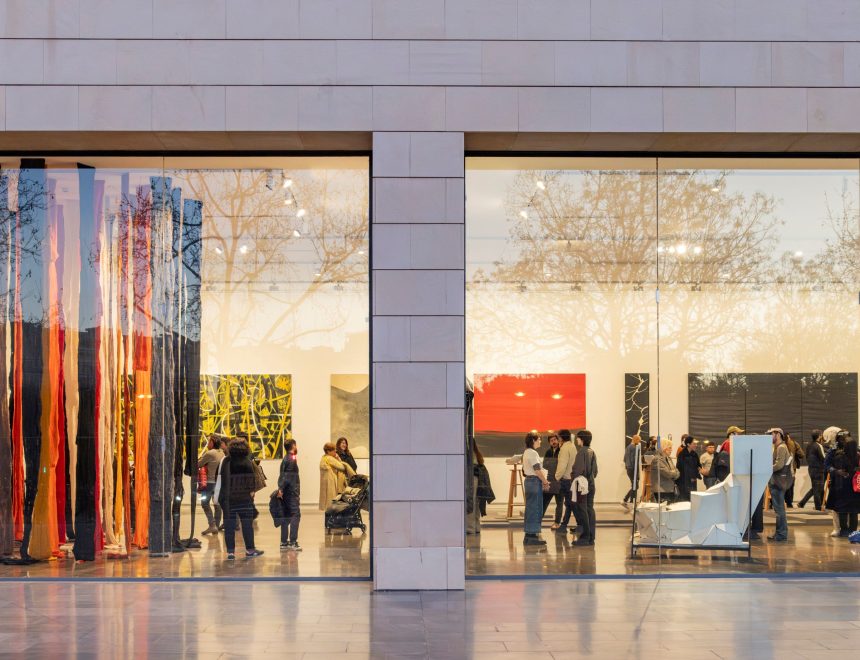Exhibitions
Alfonso Galván: a look at his career
The Marco de Vigo hosts an exhibition that includes works from different creative stages of the artist.

The retrospective of Alfonso Galván (Madrid, 1945) presented at the Marco de Vigo offers a vision of his artistic journey, covering various stages of his career, from the seventies to the present day. This exhibition, curated by Miguel Fernández-Cid , highlights how Galván created his own language, influenced by North American hyperrealism, photographic realism, pop art and fantastic realism.
Trained at the Academy of Fine Arts of San Fernando, Galván was part of a generation of artists born in the 1940s who began to stand out from the 1970s, presenting his first solo exhibition in Madrid in 1973. His work, difficult to classify, fuses personal symbolism with a reality reinterpreted through a profound process of observation, where the artist seeks the essence of things. Through his painting, he invites the viewer to reflect on the world and the human condition.
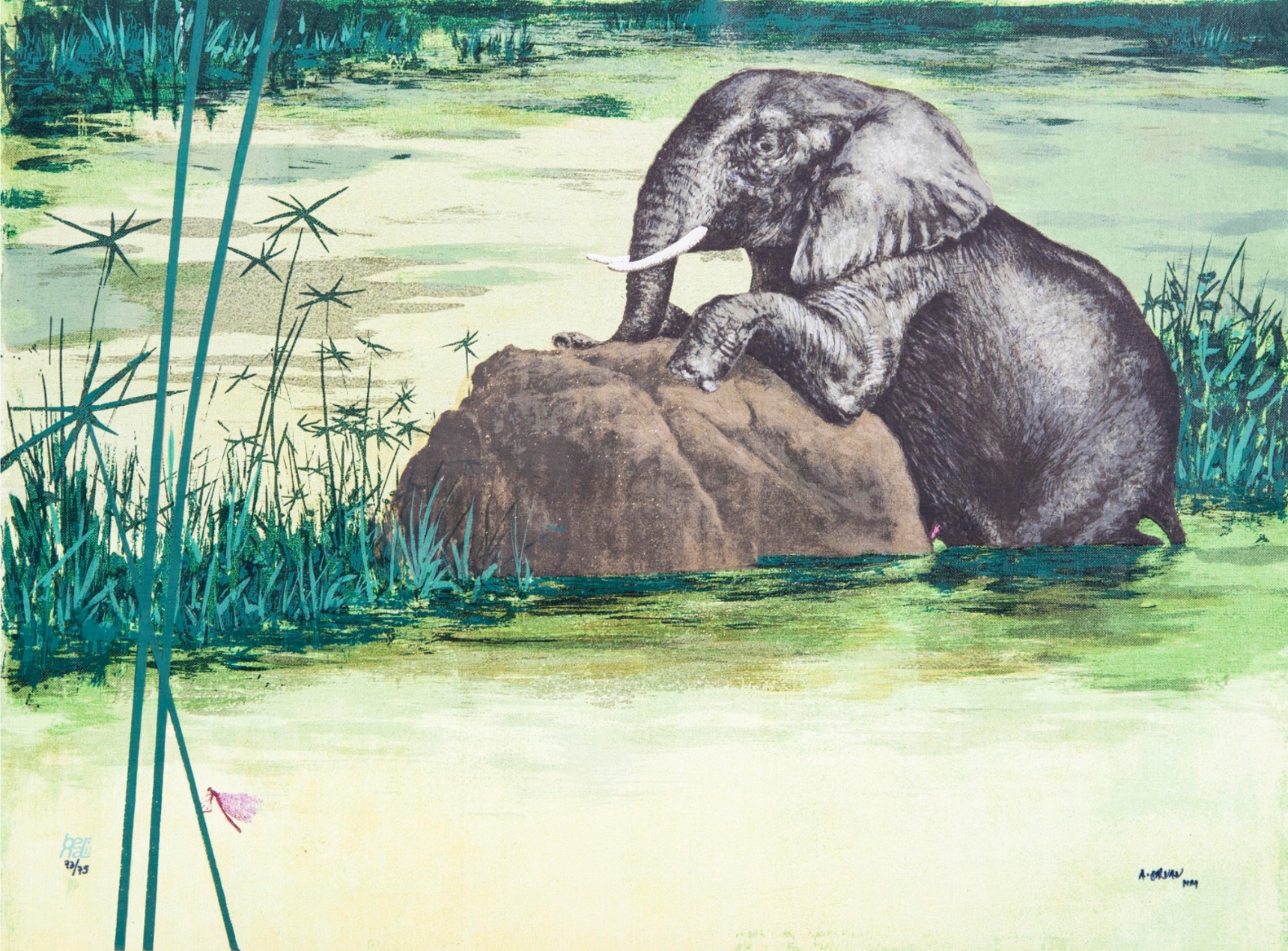 Una historia de amor, Alfonso Galván. Sala Retiro
Una historia de amor, Alfonso Galván. Sala Retiro
The exhibition at the Marco, which can be visited until September, presents two outstanding aspects of his work. On the one hand, closed scenes with a strong presence of animals, inspired by family photographs taken in Africa in the fifties. On the other hand, there are more open landscapes, with a clear orientalist influence, and fragments of the Daodejing, a text that Galván not only translated, but also illustrated and calligraphed. As can be seen in the exhibition, although his studio is his workspace, nature and his fascination with different cultures deeply permeate his work. Over time, his style has evolved, moving from a more social theme to a painting full of cultural references, symbols and a dreamlike dimension.
Regarding his working method, Galván assures that he does not follow a closed method or make prior sketches; he prefers to throw himself directly onto the canvas, letting the painting guide him. Instead of representing specific scenes, he allows memories, stories and images to take shape. The works on display help to better understand this way of working, where the painting develops organically until reaching its conclusion.
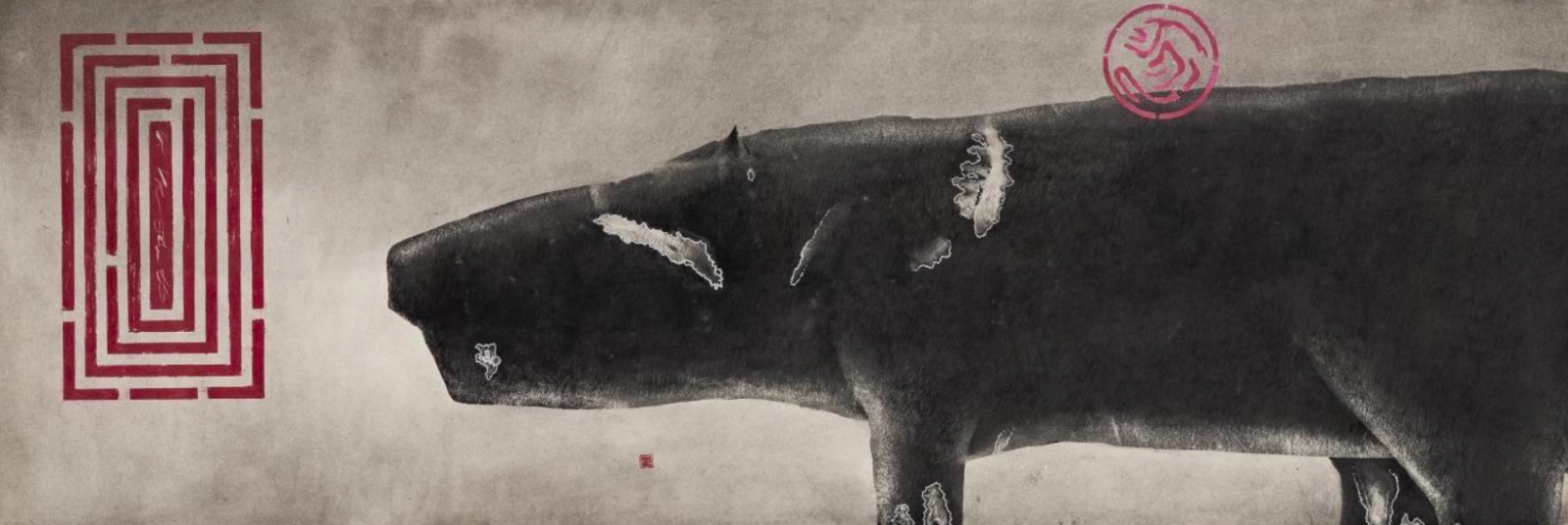 Tótem, Alfonso Galván (1991). Cortesia MARCO / UM Fotografía
Tótem, Alfonso Galván (1991). Cortesia MARCO / UM Fotografía
Despite his prominent emergence on the Spanish art scene in the 1970s and his presence in prestigious spaces such as the Reina Sofia Museum, his name is not always among the most cited in the great accounts of contemporary painting. Perhaps because of his lack of fit into specific labels or because his work rhythm has never allowed himself to be dragged along by the artistic trends of the moment. However, this retrospective is a unique opportunity to discover or rediscover his work and delve into his singular pictorial universe.
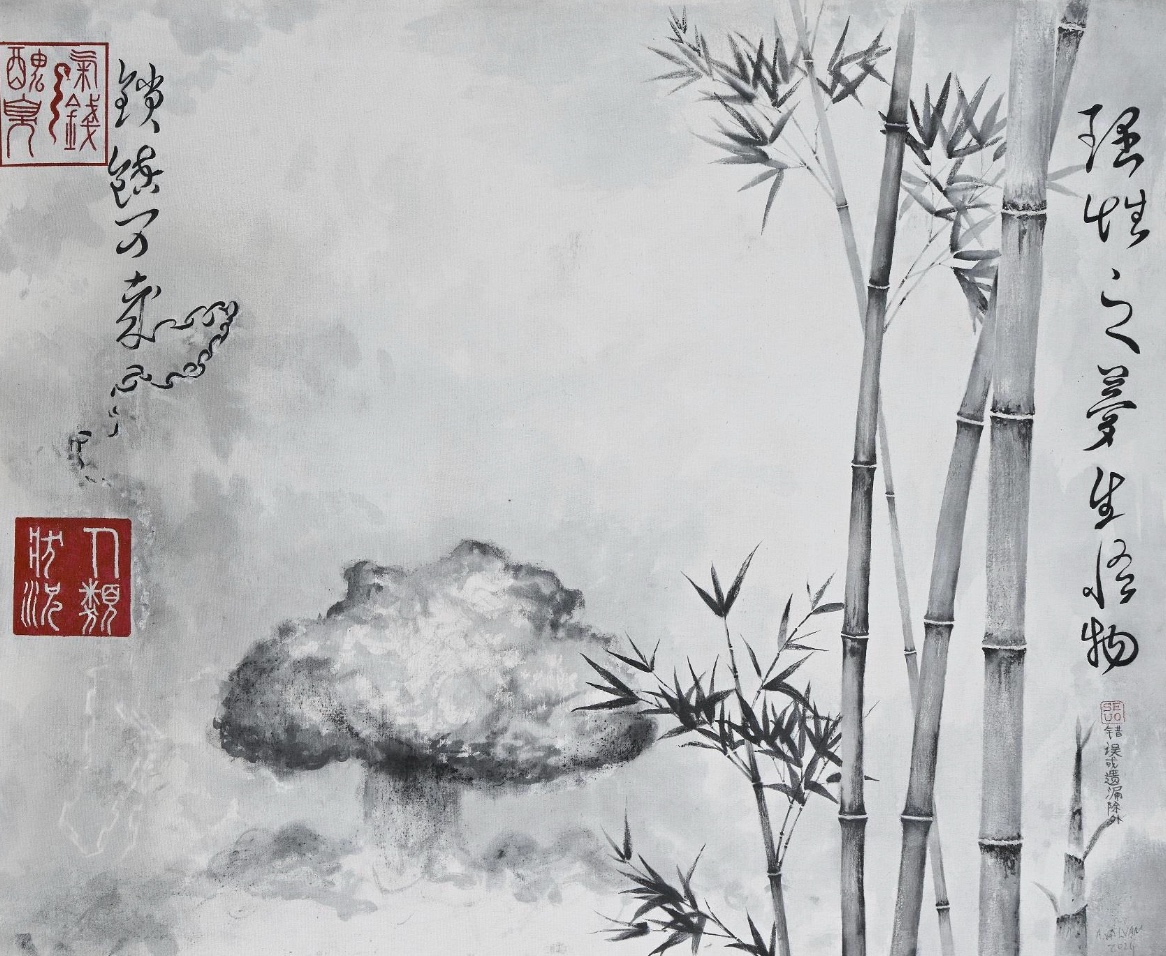 Los sueños de la razón, Alfonso Galván (2024). Cortesia MARCO / UM Fotografía
Los sueños de la razón, Alfonso Galván (2024). Cortesia MARCO / UM Fotografía


